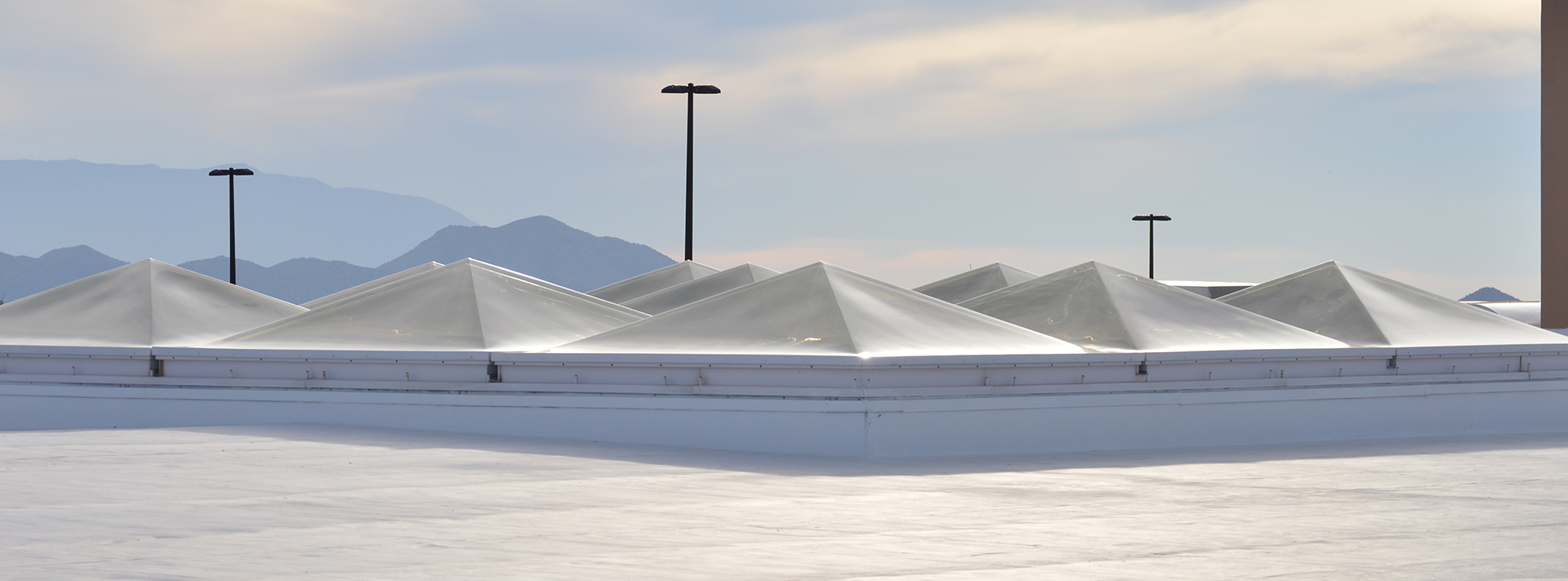
19 Oct Preventative vs scheduled maintenance – what is the difference?
Among the most common points of confusion for those charged with maintaining a building is the difference between preventative and scheduled maintenance. While both are preferable to reactive repair work – especially for essential features like a roof – the difference between these two types of maintenance is often overlooked.
So how are these two models different? We’ve laid out the core features of both to clear up the confusion and help facilities managers undertake work that matches their needs.
Scheduled maintenance:
In many cases, repair work will be undertaken after a set period of time, with core parts replaced in order to prevent wear and tear.The core feature that sets this work apart is the element of timing – inspections and maintenance work are carried out according to a predetermined calendar to avoid issues from arising in the first place.
Preventative maintenance:
On the other hand, preventative maintenance is carried out based on expert analysis of each part. Rather than simply conducting inspections of every maintenance issue at one time, this approach allows each part to be inspected separately and have a maintenance plan drawn up accordingly.In the case of roof repairs, for example, it may be that every aspect is inspected separately, and has an estimate drawn for how long it will maintain its current state before issues arise. These forecasts can then be used to carry out specific, localised repairs to prevent an issue from arising in the first place.
What are the key differences?
Preventative maintenance requires a much greater level of skill on the part of inspectors to be able to forecast maintenance issues ahead of time and develop a plan to address them. Scheduled maintenance doesn’t require forecasting, as long as the interval between maintenance work isn’t too long.This difference makes preventative maintenance especially useful for complex work – keeping a roof in tip-top condition for example.
Both methods are also preferable to alternatives like run-to-failure, where maintenance is only carried out after an issue has emerged – a situation that is far more costly in the long-run.
To learn more about the value of preventative maintenance for your roof, make sure to contact the experts at R&BS today.

